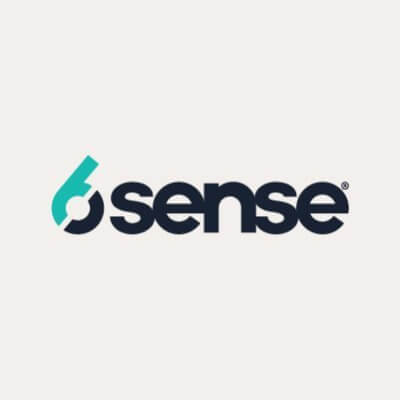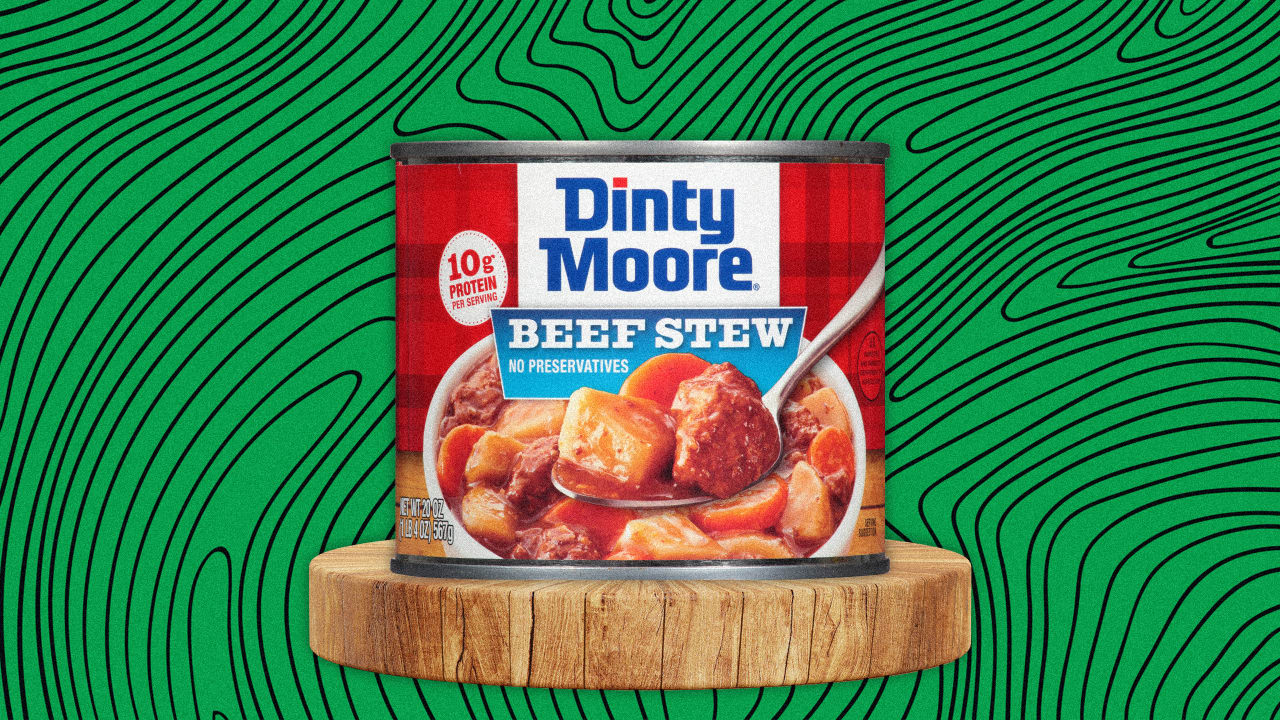This corny ‘conservative credit card’ ad signals a very scary future for AI
A fresh glimpse at our AI-filled future arrived this week, in the form of an unmemorable ad by a company most people have never heard of. The ad is kind of flat and will probably scan as goofy to everyone outside its target demo, but don’t write it off just yet: It could signal the beginning of some very big (and scary) changes. The upstart fintech company Coign claims to be a “conservative credit card company,” a distinction that boils down to the founders’ pledge to never donate to liberal causes and candidates. And while that self-definition raises some questions, it pales in comparison to the actual ad. The 30-second clip is a patriotic parade of red-blooded, red-voting Americans boasting about recent Coign-fueled purchases such as deer-hunting gear, a stack of cartoonish gold bars, and the “biggest American flag” available. But here’s the most striking thing about the ad: All of those situations, and all of the actors, were created by AI. There’s something a little off about Coign’s ad, to be clear. The pacing of the phony satisfied customers’ movements feels too jittery at times, and there’s an eagle at the end that is not exactly natural looking. While the ad is spiritually the same AI slop as Shrimp Jesus, it doesn’t carry the same overtly synthetic visuals. In that regard, it’s a lot more casually AI-generated than many of its predecessor ads. When Coca-Cola released an AI-generated holiday spot last fall, it sparked an uproar. Creatives were livid about such a monumentally successful company neglecting to splash out on an all-human production, and even casual observers noticed the glaring flaws in the video: The truck’s tires glided over the ground without spinning, Santa’s hand was bizarrely out of proportion with the Coke bottle it gripped, and the entire ad sat squarely in the “uncanny valley.” The same goes for the ad Toys R Us released last year using OpenAI’s text-to-video tool Sora: The kindest thing one could say is that its human characters looked marginally more lifelike than the unsettling, motion-captured Tom Hanks from The Polar Express two decades earlier. So far, AI-generated ads have been rare enough and mostly the domain of heavy-hitter companies, making them lightning rods for attention and backlash just about every time a new one is released. The simple fact that they were AI-made has been enough to generate headlines, even before factoring in the slop. But maybe not for much longer. If the Coign ad is any indication, there may be an entire class of AI ads coming that will be subject to far less attention—and far less scrutiny. We’re at a precarious moment with AI, collectively feeling out its least objectionable uses through trial and error. So far, uncanny ads from massive companies have triggered backlash, but when lesser-known brands dabble—especially without obvious visual glitches—they often escape notice. Advertising legend David Droga once noted the existence of a “mediocre middle” in marketing and entertainment, and that may be exactly where AI quietly thrives: in ads from companies too small to spark outrage. Advertising, after all, is already the most disposable and least emotionally protected form of media—expensive to make, widely avoided, and largely unloved. That makes it the perfect Trojan horse for AI—slipping past scrutiny not because it’s good, but because few people care enough to notice. On a moral and economic level, the advertising industry should not be diving headlong into a technology that makes large swaths of professional workers expendable. And on an aesthetic level, just because AI technically can create an ad doesn’t mean it can create a good one. Once a seemingly harmless use case eases people’s minds about a given technological breakthrough, it’s only a matter of time before the more flagrantly objectionable use cases take hold. The facial recognition tech that first allowed Facebook users to tag their friends in photos was eventually used to strengthen the surveillance state and threaten privacy everywhere. Today’s drones that make aerial photography easier become tomorrow’s drones that mistakenly blow up weddings in other countries and threaten to displace delivery workers. Obviously, AI is going to play some role in humanity’s future. The size of that role, however, is not yet set in stone. As machine learning creeps into all creative fields, workers need regulations to ensure the technology doesn’t spread too far too fast. The good news is that a majority of Americans seem to want AI regulation. Although the House of Representatives recently passed a major tax and spending bill with a provision forbidding state governments to regulate AI over the next 10 years, that clause is getting bipartisan blowback. According to a recent poll, 81% of voters agree that “advances in AI are exciting but also bring risks, and in such fast-moving times, we shouldn’t force states to sit on the sidelines

A fresh glimpse at our AI-filled future arrived this week, in the form of an unmemorable ad by a company most people have never heard of. The ad is kind of flat and will probably scan as goofy to everyone outside its target demo, but don’t write it off just yet: It could signal the beginning of some very big (and scary) changes.
The upstart fintech company Coign claims to be a “conservative credit card company,” a distinction that boils down to the founders’ pledge to never donate to liberal causes and candidates. And while that self-definition raises some questions, it pales in comparison to the actual ad.
The 30-second clip is a patriotic parade of red-blooded, red-voting Americans boasting about recent Coign-fueled purchases such as deer-hunting gear, a stack of cartoonish gold bars, and the “biggest American flag” available. But here’s the most striking thing about the ad: All of those situations, and all of the actors, were created by AI.
There’s something a little off about Coign’s ad, to be clear. The pacing of the phony satisfied customers’ movements feels too jittery at times, and there’s an eagle at the end that is not exactly natural looking. While the ad is spiritually the same AI slop as Shrimp Jesus, it doesn’t carry the same overtly synthetic visuals. In that regard, it’s a lot more casually AI-generated than many of its predecessor ads.
When Coca-Cola released an AI-generated holiday spot last fall, it sparked an uproar. Creatives were livid about such a monumentally successful company neglecting to splash out on an all-human production, and even casual observers noticed the glaring flaws in the video: The truck’s tires glided over the ground without spinning, Santa’s hand was bizarrely out of proportion with the Coke bottle it gripped, and the entire ad sat squarely in the “uncanny valley.”
The same goes for the ad Toys R Us released last year using OpenAI’s text-to-video tool Sora: The kindest thing one could say is that its human characters looked marginally more lifelike than the unsettling, motion-captured Tom Hanks from The Polar Express two decades earlier.
So far, AI-generated ads have been rare enough and mostly the domain of heavy-hitter companies, making them lightning rods for attention and backlash just about every time a new one is released. The simple fact that they were AI-made has been enough to generate headlines, even before factoring in the slop.
But maybe not for much longer. If the Coign ad is any indication, there may be an entire class of AI ads coming that will be subject to far less attention—and far less scrutiny.
We’re at a precarious moment with AI, collectively feeling out its least objectionable uses through trial and error. So far, uncanny ads from massive companies have triggered backlash, but when lesser-known brands dabble—especially without obvious visual glitches—they often escape notice.
Advertising legend David Droga once noted the existence of a “mediocre middle” in marketing and entertainment, and that may be exactly where AI quietly thrives: in ads from companies too small to spark outrage. Advertising, after all, is already the most disposable and least emotionally protected form of media—expensive to make, widely avoided, and largely unloved. That makes it the perfect Trojan horse for AI—slipping past scrutiny not because it’s good, but because few people care enough to notice.
On a moral and economic level, the advertising industry should not be diving headlong into a technology that makes large swaths of professional workers expendable. And on an aesthetic level, just because AI technically can create an ad doesn’t mean it can create a good one.
Once a seemingly harmless use case eases people’s minds about a given technological breakthrough, it’s only a matter of time before the more flagrantly objectionable use cases take hold.
The facial recognition tech that first allowed Facebook users to tag their friends in photos was eventually used to strengthen the surveillance state and threaten privacy everywhere. Today’s drones that make aerial photography easier become tomorrow’s drones that mistakenly blow up weddings in other countries and threaten to displace delivery workers.
Obviously, AI is going to play some role in humanity’s future. The size of that role, however, is not yet set in stone. As machine learning creeps into all creative fields, workers need regulations to ensure the technology doesn’t spread too far too fast. The good news is that a majority of Americans seem to want AI regulation.
Although the House of Representatives recently passed a major tax and spending bill with a provision forbidding state governments to regulate AI over the next 10 years, that clause is getting bipartisan blowback. According to a recent poll, 81% of voters agree that “advances in AI are exciting but also bring risks, and in such fast-moving times, we shouldn’t force states to sit on the sidelines for a full decade.”
Even the CEO of generative AI company Anthropic is a full-throated advocate for stricter AI regulation.
The people have spoken. Whether they are listened to is another matter altogether.
A single, silly credit card ad may seem an unlikely step toward a dystopian future of unfettered AI and full unemployment, but if we laugh it off now, the bill may still come due later.
















































































































































